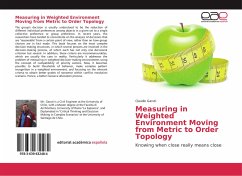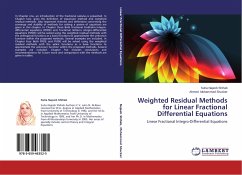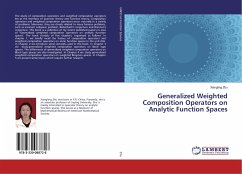The group's decision is usually understood to be the reduction of different individual preferences among objects in a given set to a single collective preference or group preference. In recent years, the researchers have tended to concentrate on the analysis of decisions that are "reasonable" from a certain point of view, rather than on how group choices are in fact made. This book focuses on the most complex decision making structures, in which several persons are involved in the decision-making process, of which each has not only one decisional criterion but several. In addition, these criteria are incommensurables, which are usually the case in reality. Particularly it addresses the problem of measuring in weighted decision-making environments using the concept of compatibility of priority vectors. Now, it becomes possible to build thresholds of behavior, make complex pattern recognition in a weighted environment, and focusing on the relevant criteria to obtain better grades of nonsense within conflict resolution scenario. Hence, a better resource allocation process.
Bitte wählen Sie Ihr Anliegen aus.
Rechnungen
Retourenschein anfordern
Bestellstatus
Storno








